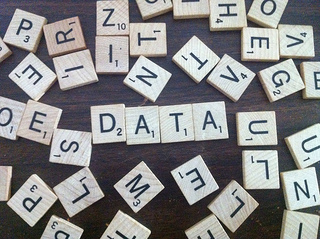
Panel research is a wonderful asset to event marketing. It can give you a baseline for your research, or help you to establish what aspects of a project you need to look into in further detail. That being said, panel data is never perfect. There are a number of things to take into account when cleaning panel data, but, in a few quick steps, you can ensure that the integrity of your data and the conclusions you intend to draw are accurate.
Removing Duplicate Respondents
The first and easiest way to confirm data integrity is to ensure that no one took your survey twice. Your panel partner will ensure this internally, so this is something you need to check only if you are using multiple partners for a study. Check the IP address of all your respondents for duplicates. Most survey tools record this automatically.
If any household took your survey twice, the IP address will be identical. If you cannot record IP for any reason, you can, instead, add a question to your survey asking if respondents have taken a survey on your topic in the past few weeks. While this may result in a few false positives, it will help to ensure your data’s integrity.
Removing Straight-liners
Is also important to check for users who are answering, but not actually reading questions. Most panels have a few users who complete surveys as fast as possible for the money. There are a number of ways to check for this. One way is to look for “straight-lining.” If a consumer answers every question in a series with the same response, you can consider that a red flag.
Look at the amount of time it took these people to complete the survey, and compare it to the average completion time. If they are below average, that is a good basis for removing respondents from the response pool.
Check for data integrity in the open-ended responses
Finally, review any open-ended responses you have. Some panelists will simply type nonsense into the response boxes. This is the simplest way to remove bad results, but, typically, will only identify a small portion of them.
With these three methods combined, you can increase the integrity of your data to a point where you can be confident that the results are accurate. If there are any remaining bad results, you will still remain within the margin of error.
If you feel the need to clean the data further, please keep an eye out for my follow-up article. There are a number of more in-depth methods to clean the data, though they require more upfront effort.

Additional Resources
FOR EXPERIENTIAL MARKETERS
- Experiential Measurement Blueprint
- Event Impression Calculator
- Experiential ROI Benchmarking Reports
- Event Measurement Video Tutorials
